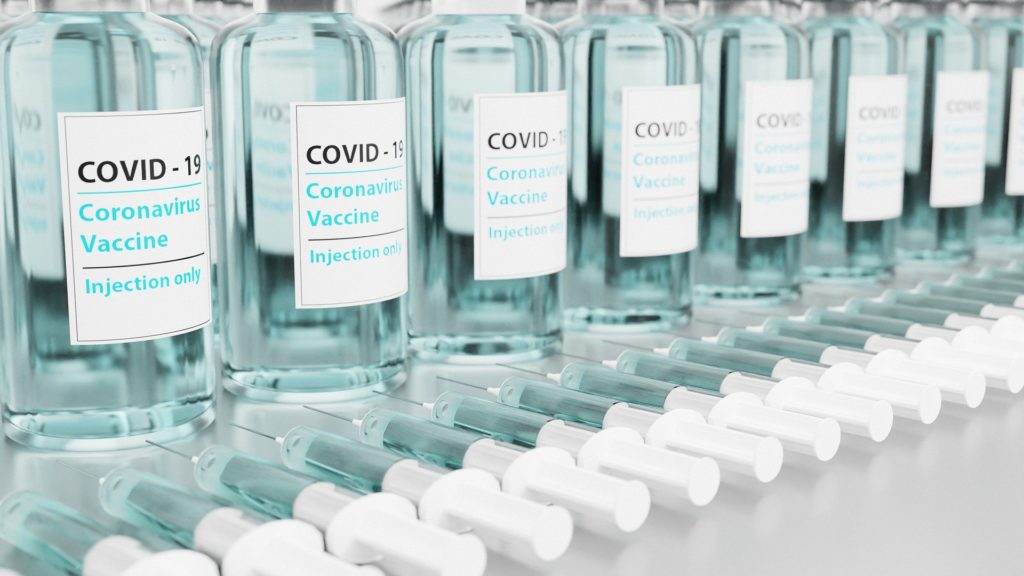Nationwide study spanning first 2 years of the pandemic finds 0.13% of children and adolescents who contracted COVID-19 were diagnosed with type 1 diabetes a month or more after infection compared to 0.08% in children without a registered infection

Testing positive for SARS-CoV-2, the virus that causes COVID-19, is associated with an increased risk of new-onset type 1 diabetes in children and adolescents, according to a new research at this year’s European Association for the Study of Diabetes (EASD) Annual Meeting in Stockholm, Sweden (19-23 Sept). The study is by Hanne Løvdal Gulseth and Dr German Tapia, Norwegian Institute of Public Health, Oslo, Norway, and colleagues.
The study used national health registers to examine new onset type 1 diabetes diagnoses made in all youngsters aged under 18 in Norway (over 1.2 million individuals) over the course of 2 years, starting on March 1, 2020, comparing those who contracted COVID-19 with those who did not.
“Our nationwide study suggests a possible association between COVID-19 and new-onset type 1 diabetes”, says Dr Hanne Løvdal Gulseth, lead author and Research Director at the Norwegian Institute of Public Health. “However, the absolute risk of developing type 1 diabetes increased from 0.08% to 0.13%, and is still low. The vast majority of young people who get COVID-19 will not go on to develop type 1 diabetes but it is important that clinicians and parents are aware of the signs and symptoms of type 1 diabetes. Constant thirst, frequent urination, extreme fatigue and unexpected weight loss are tell-tale symptoms.”
It has long been suspected that type 1 diabetes, which is usually diagnosed in younger people and is associated with the failure of the pancreas to produce insulin, is a result of an over-responsive immune reaction, possible due to a viral infection, including respiratory viruses.
Several recent case reports have suggested a link between new onset type 1 diabetes and SARS-CoV-2 infection in adults. But evidence is more limited in children. A recent CDC report found that US children were 2.5 times more likely to be diagnosed with diabetes following a SARS-CoV-2 infection, but it pooled all types of diabetes together and did not account for other health conditions, medications that can increase blood sugar levels, race or ethnicity, obesity, and other social determinants of health that might influence a child’s risk of acquiring COVID-19 or diabetes [1].
In this nationwide study, Gulseth and colleagues linked individual-level data from national health registries for all children and adolescences in Norway (1,202,174 individuals). Data were obtained from the Norwegian preparedness register that is updated daily with individual-level data on PCR-confirmed SARS-CoV-2 infections, COVID-19 vaccinations and disease diagnoses from the primary and secondary health care service.
Children were followed from March 1st 2020 (the start of the pandemic) until diagnosis of type 1 diabetes, they turned 18 years old, death, or the end of the study (March 1st 2022), whichever occurred first.
The researchers examined the risk of young people developing new-onset type 1 diabetes within or after 30 days after PCR-confirmed SARS-CoV2 infection. They compared this group with children and adolescents in the general population who did not have a registered infection, as well as to a group of children who were tested but found to negative for the virus.
Over the 2 year study period, a total of 424,354 children tested positive for SARS-CoV-2 infection and 990 new-onset cases of type 1 diabetes were diagnosed among the 1.2 million children and adolescents included in the study.
After adjusting for age, sex, country of origin, geographical area and socio-economic factors, the analyses found that young people who contracted COVID-19 were around 60% more likely to develop type 1 diabetes 30 days or more after infection compared to those without a registered infection or who tested negative for the virus (see figure in full abstract).
“The exact reason for the increased risk of type 1 diabetes in young people after COVID-19 is not yet fully understood and requires longer-term follow-up and further research into whether the risk could be different in children who are infected with different variants”, says Gulseth.
She adds, “It’s possible that delays in seeking care because of the pandemic might explain some of the increases in new cases. However, several studies have shown that SARS-CoV-2 can attack the beta cells in the pancreas that produce insulin, which could lead to development of type 1 diabetes. It’s also possible that inflammation caused by the virus may lead to exacerbation of already existing autoimmunity.”
The authors acknowledge that the study was observational and does not prove cause and effect, and they cannot rule out the possibility that other unmeasured factors (e.g., underlying conditions) or missing data may have affected the results. They also note that they only included children who took a PCR test, not a lateral flow test or asymptomatic infections, in the analyses which may limit the conclusions that may be drawn.